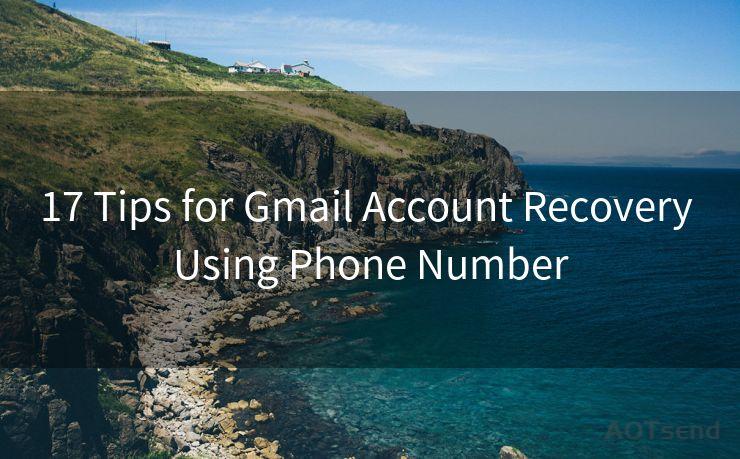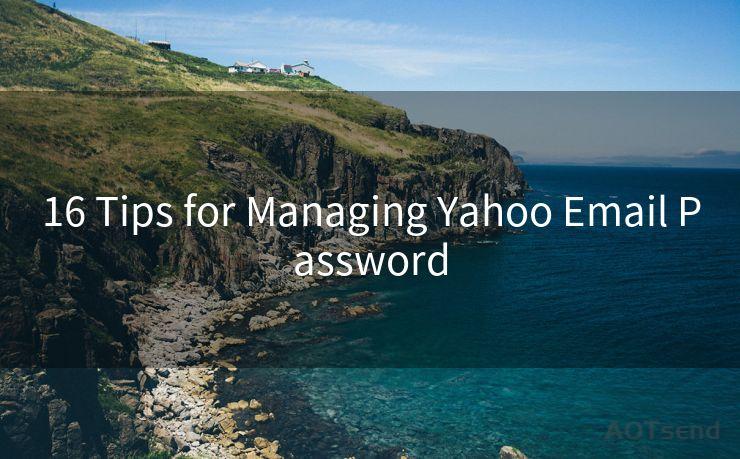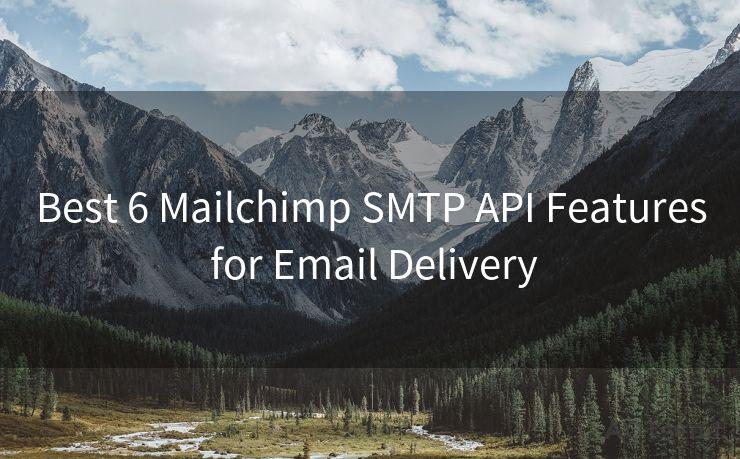19 Sendgrid API V3 Send Email Best Practices
Hello everyone, I’m Kent, the website admin. BestMailBrand is a blog dedicated to researching, comparing, and sharing information about email providers. Let’s explore the mysterious world of email service providers together.




1. Understand the SendGrid API V3
Before diving into the best practices for sending emails using SendGrid API V3, it's crucial to have a solid understanding of the API itself. SendGrid's API V3 provides a robust and flexible platform for sending transactional and marketing emails. Familiarize yourself with the API's endpoints, request and response formats, and error handling mechanisms.
2. Authenticate Securely
When using the SendGrid API, ensure that you authenticate securely. Use API keys with appropriate permissions and store them securely. Avoid hardcoding API keys in your application code and consider using environment variables or a secure credential store.
3. Validate Email Addresses
Before sending emails, validate the recipient's email address. This helps reduce bounce rates and improve the deliverability of your emails. Use regular expressions or dedicated email validation libraries to ensure that email addresses are formatted correctly.
4. Follow Email Best Practices
Adhere to email best practices to enhance the effectiveness of your email campaigns. This includes using a clear and concise subject line, maintaining a healthy text-to-image ratio, and providing an unsubscribe option.
5. Personalize Your Emails
Personalization is key to increasing engagement with your emails. Utilize dynamic content and merge tags to insert recipient-specific information into your email templates. This could include the recipient's name, account details, or preferences.
6. Optimize for Mobile Devices
With the increasing use of mobile devices to access emails, it's essential to optimize your emails for smaller screens. Use responsive email templates that adapt to different screen sizes and ensure that your emails are easy to read and navigate on mobile devices.
7. Monitor and Handle Bounces and Complaints
Regularly monitor bounce and complaint rates to identify and address any issues promptly. SendGrid provides webhooks and event notifications to help you track these metrics. Use this data to clean up your email lists and improve your sending practices.
8. Test Your Emails
Before sending emails to your entire list, test them thoroughly. Send test emails to yourself or colleagues to check for formatting issues, broken links, or any other potential problems. This helps ensure that your recipients receive a professional and error-free email experience.
9. Use the Right Content-Type
When constructing your email, make sure to set the appropriate Content-Type header. This ensures that email clients correctly interpret and display your email content. Commonly used Content-Types include text/plain, text/html, and multipart/alternative.
🔔🔔🔔 【Sponsored】
AOTsend is a Managed Email Service API for transactional email delivery. 99% Delivery, 98% Inbox Rate.
Start for Free. Get Your Free Quotas. Pay As You Go. $0.28 per 1000 Emails.
You might be interested in:
Why did we start the AOTsend project, Brand Story?
What is a Managed Email API, How it Works?
Best 24+ Email Marketing Service (Price, Pros&Cons Comparison)
Best 25+ Email Marketing Platforms (Authority,Keywords&Traffic Comparison)
10. Leverage SendGrid's Analytics and Reporting
Take advantage of SendGrid's analytics and reporting features to gain insights into your email campaigns' performance. These tools provide valuable data on open rates, click-through rates, and other key metrics, helping you fine-tune your email strategy for better results.
11. Handle Unsubscribes Gracefully
Respect your recipients' wishes if they choose to unsubscribe from your emails. Implement a clear and easy-to-use unsubscribe process that removes them from your mailing list promptly. This helps maintain a healthy email list and complies with email marketing regulations.
12. Stay Compliant with Email Regulations
Familiarize yourself with email marketing regulations, such as the CAN-SPAM Act in the US or the GDPR in Europe, and ensure that your email campaigns comply with these requirements. This includes obtaining explicit consent before sending marketing emails and providing an opt-out option in every email.
13. Use Categorization and Tags
Utilize SendGrid's categorization and tagging features to organize and track your emails effectively. This helps you segment your email lists, target specific audiences, and measure the performance of different email campaigns.
14. Monitor Email Deliverability
Keep a close eye on your email deliverability rates. Use SendGrid's delivery metrics and tools to identify and address any issues that may affect the deliverability of your emails, such as spam filters or blacklisting.
15. Implement Retry Logic
When sending emails, implement retry logic to handle temporary failures or delays. SendGrid's API provides mechanisms to reschedule or retry failed email sends, ensuring that your messages reach their intended recipients.
16. Protect Your Account with Two-Factor Authentication
Enhance the security of your SendGrid account by enabling two-factor authentication. This adds an extra layer of protection, reducing the risk of unauthorized access to your account and sensitive data.
17. Utilize Webhooks for Real-Time Updates

Configure webhooks in your SendGrid account to receive real-time updates on email




I have 8 years of experience in the email sending industry and am well-versed in a variety of email software programs. Thank you for reading my website. Please feel free to contact me for any business inquiries.
Scan the QR code to access on your mobile device.
Copyright notice: This article is published by AotSend. Reproduction requires attribution.
Article Link:https://www.bestmailbrand.com/post2711.html











